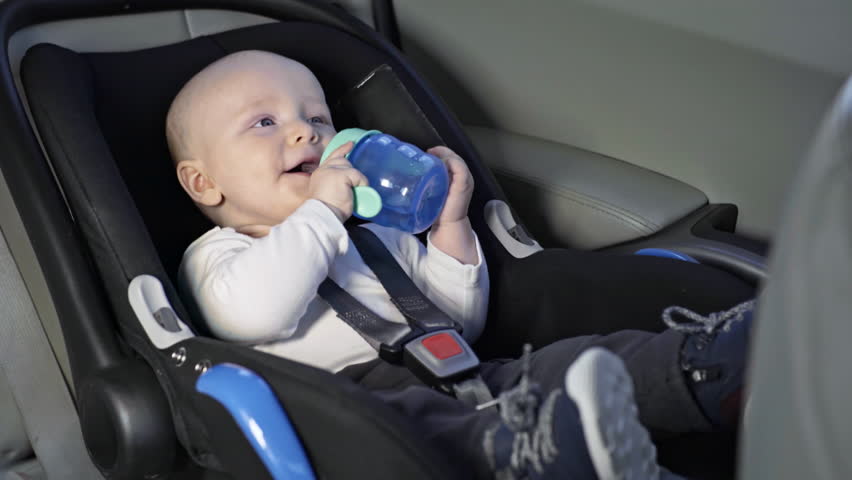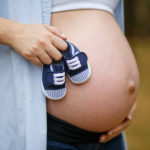Infant Car Seat Safety Check List You Need To Know Right Now
The most crucial item that you’ll buy for your little angel even before giving birth is an infant car seat. Purchasing one the best one that meets your budget and needs is already a confusing task especially if you’re a new parent. However, it is essential to get the facts straight on how to choose, use, and install a car safety seat properly to ensure your baby is safe and secure throughout the ride.
What Choices Do I Have?
Car seats for newborns come in two various types:
Infant car safety seats.
These are specifically designed for newborns and can only be used in the rear-facing position. This car seat type typically comes with a base that stays in your vehicle where you can latch the seat. It also has a convenient handle that makes carrying and getting it in and out of your car easier. Make sure to check the weight and height restrictions set by the manufacturer.
Convertible car seats.
These safety seats can accommodate both newborns and older infants and can be used as rear-facing and forward-facing. It can normally carry babies with a weight ranging from 34 to 45 pounds. However, these seats cannot be utilized as a carrier since they can’t remain in your vehicle like the baby car seat.
Keep Your Baby Safe And Secure At All Times
Rear-face only car seats are the best for your newborn since they usually provide excellent fit and comes with a convenient detachable carrier. However, there are still other things to keep in mind beyond purchasing the right seat such as following the nichd.nih.gov tips which promote baby safety in a vehicle.
Moreover, here are some additional safety tips to keep in mind to ensure you and your bundle of joy are safe and comfortable during the car ride:
- State laws. It is necessary to learn and understand the specific laws on every state regarding the age on which a child should be on a car seat. You also need to know the car seat height and weight limitations set by each state as they vary. Check these laws before hitting the road with your infant especially if you’ll be crossing states to ensure you’re following their rules and regulations properly.
- Install your infant safety seat right away. Don’t wait until the last minute to do this when you’re expecting. There may be a million things on your birthing checklist but installing the car seat should be on top of your list. Also, familiarize yourself with safety seat and its manufacturer’s instructions to assure proper installation.
- Correct position of harness straps. For rear-facing baby car seat, the harness straps should be positioned below the shoulder of your infant. In case of a collision, this will prevent your baby from lunging forward. Kids tend to grow really fast, so check your seat’s straps regularly. You may also need to adjust the harness frequently.
- Keep your baby from sleeping in his car seat. You’ll be tempted, but as much as possible prevent your baby from snoozing when he’s in his car seat. It will always be safer for him to sleep at the comforts of his crib lying in his back without any soft toys or blankets.
- Avoid using heavy coats and blankets. Use a suitable car seat cover instead when there’s a drop in the temperature. Keeping your baby warm, comfortable, and cozy is important, but so does his safety. Using a snowsuit or coat to keep your infant war may cause the harness of his car seat to loosen.
- New or secondhand? Always use brand new car seats. They do have an expiration, and used ones may be defective due to improper use by past owners or may have been in a crash.
- Understanding Your Baby’s Cry: A Parent’s Mini Guide - June 23, 2025
- Bottle vs. Breastfeeding: What Works for You and Your Baby - June 18, 2025
- 10 Yoga Poses For Kids at Home: Benefits Of Yoga For Kids - June 12, 2025
- Parenting Guide to Child Development: Key Milestones from Birth to 10 Years - June 4, 2025
- Summer Vacation Plans Ideas with Kids - May 27, 2025
- Nutritious Dried Fruit Treats for Toddlers (16–24 Months) - May 25, 2025
- Importance of Screen Time Management for Kids - May 24, 2025
- The 6 Most Common Pregnancy Concerns First-Time Moms Have - May 23, 2025
- Top 10+ Summer Activities for Kids - May 15, 2025
- Busy Family Tips for Raising Healthy Smiles - May 2, 2025














